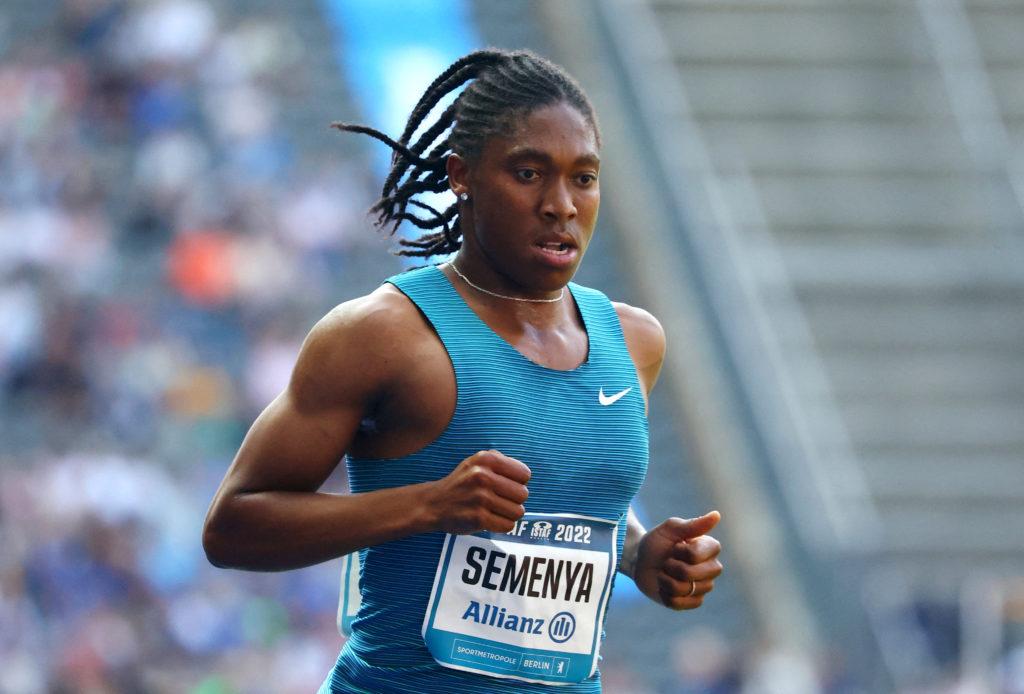In recent years, the participation of transgender and intersex athletes in the Olympic Games has sparked intense debate across sporting, legal, and social arenas. As the International Olympic Committee (IOC) continues to refine its policies, questions persist about eligibility, fairness, and inclusivity on the world’s biggest athletic stage. This article explores the current regulations governing transgender and intersex athletes in the Olympics, the legal challenges involved, and the broader implications for human rights and competitive sport.
Olympic Policies on Transgender and Intersex Athletes Explained
The International Olympic Committee (IOC) has established specific guidelines that aim to balance inclusivity with fair competition for transgender and intersex athletes. Since the 2004 Athens Olympics, transgender women (male-to-female athletes) have been required to maintain testosterone levels below 10 nmol/L for at least 12 months before competing in the women’s category. This policy was updated in 2021 to reflect evolving scientific research, lowering the testosterone threshold and emphasizing individualized assessments over blanket eligibility rules. Intersex athletes, whose biological traits do not fit typical definitions of male or female, are often subject to case-by-case evaluation, particularly in events where testosterone levels may provide competitive advantages.
The core objectives of the Olympic policies include:
- Ensuring a level playing field by regulating hormone levels
- Respecting athletes’ human rights and gender identity
- Allowing flexibility through medical and scientific consultation
The complexity of these rules is reflected in the ongoing debate among sports organizations worldwide. The table below summarizes key eligibility criteria as currently implemented:
| Category | Eligibility Requirement | Notes |
|---|---|---|
| Transgender Women | Testosterone < 5 nmol/L for 12 months | Updated threshold since 2021 |
| Transgender Men | No restrictions | Allowed to compete in male categories |
| Intersex Athletes | Case-by-case hormone evaluation | Depends on event-specific rules |
Controversies Surrounding Gender Eligibility in International Sports
Over the past decade, the participation of transgender and intersex athletes in international sports has sparked intense debate, spotlighting the tension between inclusivity and perceived fairness. Critics argue that existing regulations, such as testosterone level caps or surgical requirements, are either too invasive or insufficiently protective of competitive balance. Sporting federations like the International Olympic Committee (IOC) have attempted to navigate these challenges by implementing evolving guidelines, yet these measures remain controversial, often leading to inconsistent applications across sports disciplines.
The controversies also extend to the broader legal and ethical implications, raising questions about human rights, bodily autonomy, and classification criteria. Some sports organizations have adopted a binary gender classification system due to concerns regarding performance advantages, while activists and legal experts call for more nuanced, evidence-based policies that recognize gender diversity without discrimination. The table below summarizes key factors fueling the ongoing disputes:
| Key Issues | Arguments For Restriction | Arguments For Inclusion |
|---|---|---|
| Hormonal Regulation | Ensures fairness by limiting testosterone levels | Tests may not fully represent athletic performance |
| Gender Verification | Prevents unfair advantage | Violates privacy and dignity |
| Classification Systems | Maintains competitive integrity | Overlooks complex gender identities |
Legal and Ethical Challenges in Enforcing Athlete Inclusion
Navigating the legal landscape surrounding the participation of transgender and intersex athletes in competitive sports presents a complex interplay of human rights, anti-discrimination laws, and the principles of fair play. Sports governing bodies, including the International Olympic Committee (IOC), face intense scrutiny for policy decisions that must balance inclusivity with competitive equity. Legal challenges often arise over whether current regulations infringe on the rights of these athletes to compete without discrimination, with cases frequently reaching courts to debate the legitimacy of hormone level requirements and gender verification methods.
Ethical debates deepen this complexity, as stakeholders weigh the values of fairness, privacy, and bodily autonomy. Key concerns include:
- Ensuring non-discrimination while preserving a level playing field;
- Protecting athletes’ privacy against invasive medical scrutiny;
- Addressing the biological diversity inherent in intersex conditions without exclusion.
The challenge for policymakers is to craft transparent, scientifically informed frameworks that respect human dignity and uphold the integrity of competition – a balancing act that continues to evolve with societal attitudes and advancing medical knowledge.
| Challenge | Legal Aspect | Ethical Consideration |
|---|---|---|
| Gender Verification | Privacy rights vs. anti-doping and eligibility rules | Consent and invasiveness |
| Hormone Regulations | Discrimination lawsuits based on medical criteria | Balancing fairness with biological variation |
| Access and Inclusion | Compliance with international human rights standards | Promoting diversity without compromising competition |
Recommendations for Fair and Inclusive Olympic Participation Rules
To promote fairness and inclusivity, Olympic participation rules must evolve beyond rigid binary definitions of gender. A nuanced approach should recognize the biological diversity of athletes, including those who are transgender and intersex, while maintaining a level playing field. Clear criteria based on scientific evidence rather than assumptions or stereotypes are essential. This includes individualized assessments that consider hormone levels, physical attributes, and competitive history rather than blanket bans or exclusionary policies.
Key recommendations for policymakers include:
- Implementing hormone-based eligibility guidelines with periodic review informed by the latest research.
- Ensuring transparency and consistency in rule application to avoid discrimination and arbitrary decisions.
- Providing support mechanisms for transgender and intersex athletes to navigate eligibility procedures fairly.
- Encouraging collaboration with medical experts, athlete representatives, and human rights organizations.
| Recommendation | Objective | Impact |
|---|---|---|
| Hormone-based Guidelines | Balance fairness and inclusion | Supports competitive equity |
| Transparency & Consistency | Prevent discrimination | Builds trust and legitimacy |
| Support Mechanisms | Facilitate athlete participation | Reduces barriers and stress |
| Collaborative Policy-Making | Integrate expertise & rights | Enhances policy credibility |
In Summary
As the debate around the participation of transgender and intersex athletes in the Olympics continues to evolve, the International Olympic Committee faces the complex challenge of balancing fairness, inclusion, and human rights. Current regulations are subject to ongoing review and vary depending on the sport and governing bodies involved. While no blanket ban exists, eligibility criteria remain contentious and closely scrutinized. As this issue remains at the intersection of law, ethics, and sportsmanship, future developments will likely shape not only Olympic policies but also broader societal approaches to gender and athletic competition.





